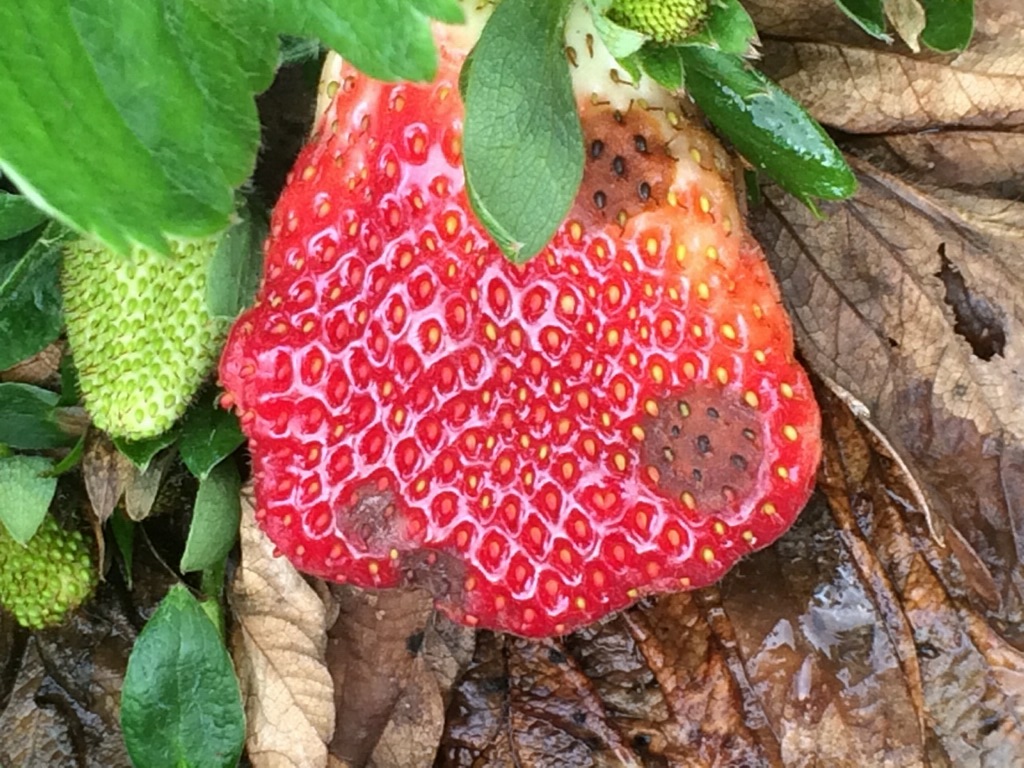
By Clint Thompson
Strawberry producers need to inspect their plants closely before planting this fall, says Phil Brannen, University of Georgia Cooperative Extension Fruit Disease Specialist.
Many disease instances can be avoided if proper inspection is done before plants are put in the ground.
“As growers are getting in their transplants, they need to be inspecting all of the transplants. If they see any sign of disease, they need to have somebody inspect them or look at them. The things that can come in early with the plants, two of the major diseases that can actually come in with transplants are phythopthora root rot and anthracnose. So, in addition to being concerned about neopestalotiopsis, we always have those as potential problems coming in with transplants and at planting,” Brannen said. “Those are two of the bigger issues we deal with, year in and year out throughout the entire strawberry season.”
What’s Cause for Concern?
Brannen said if growers find anything concerning among their plants, they need to consult with local county Extension agents.
“If it’s a little bit here and there it’s probably not much of anything. If you’re seeing a significant amount of that, then your plants may already be coming in with disease,” Brannen said. “You can either reject the load and try to get more plants or at least have somebody look at it and say, ‘Yes, this is the disease you have. This is what you need to do to try to nurse that plant through.’”
According to UGA Extension anthracnose fruit rot disease symptoms appear as dark, sunken lesions on fruit. Hot, humid weather and significant rainfall make it a widespread problem in strawberry production.
Phytophthora root rot also thrives in wet conditions. The saturated soils help the spread of the pathogen among the plants. Growers should be wary that infected transplants are a major source of inoculum in fumigated beds. This speaks to the importance of growers checking their plants closely before planting season begins.
“If you bring in diseases, they’re only going to get worse at the very beginning,” Brannen said. “If you get started with a plant that has disease, it’s just going to expand that much more rapidly throughout your whole planting.”
Growers will plant their strawberry plants either late September or early October.









